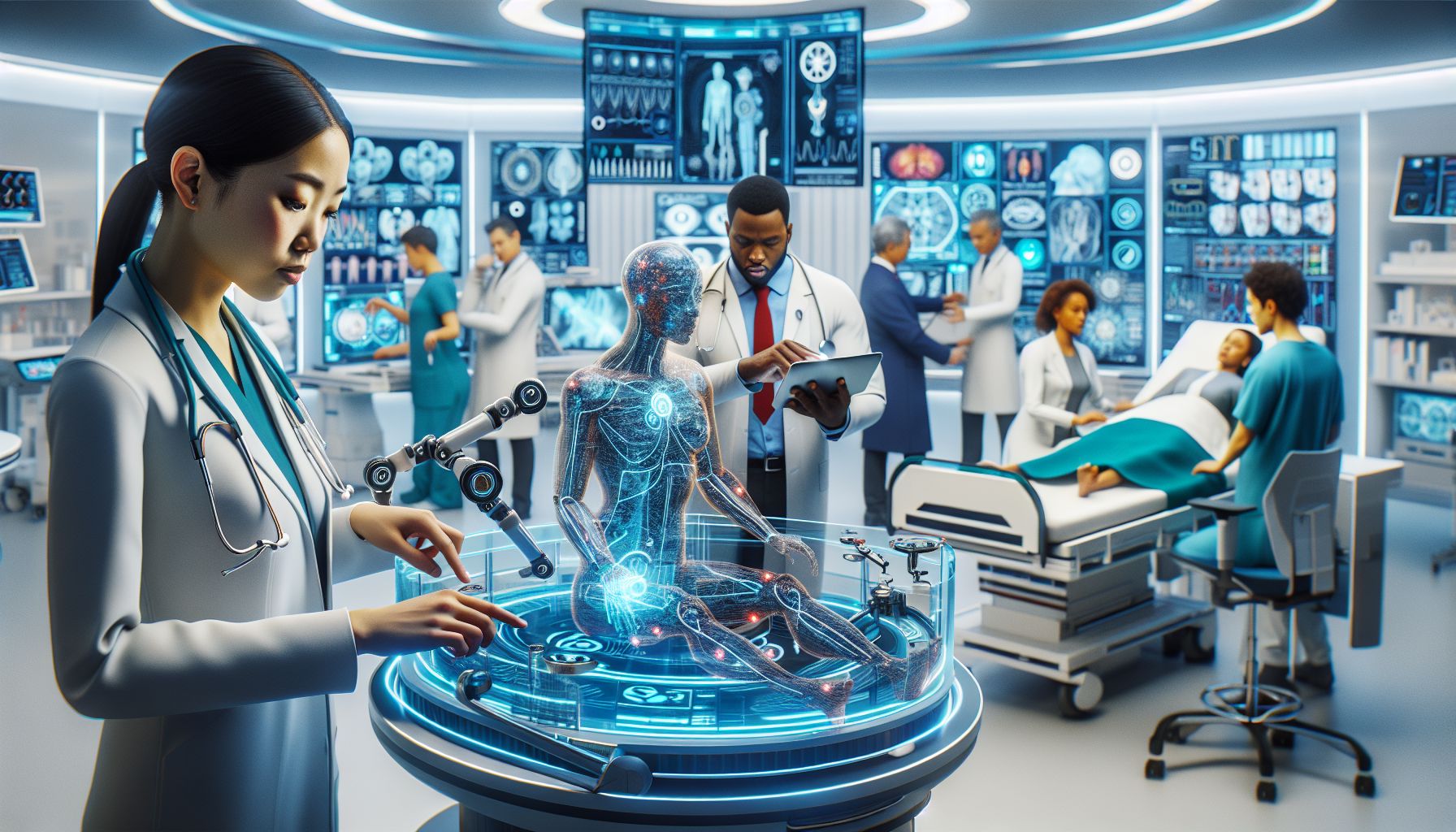Introduction
In recent years, advancements in medical technology have revolutionized the way we approach healthcare. From innovative devices to groundbreaking treatments, these technological advancements have not only improved patient outcomes but also expanded the realm of possibilities for medical professionals. This blog post will explore some of the most incredible breakthroughs in medical technology and their potential impact on the future of healthcare.
The Body: Unveiling the Wonders of Medical Technology
Precision Medicine: Tailored to Perfection
One of the most significant developments in medical technology is the rise of precision medicine. This approach takes into account an individual’s unique genetic makeup, lifestyle, and environmental factors to deliver tailored treatments. By analyzing extensive data sets and utilizing artificial intelligence, doctors can now predict, diagnose, and treat patients with incredible accuracy. Precision medicine has already transformed the treatment of cancer, with targeted therapies yielding remarkable results and improved survival rates.
Robotic Surgery: Paving the Way for Precision
Robotic surgery, fueled by advancements in robotics and artificial intelligence, has transformed the operating room. With robotic-assisted procedures, surgeons can achieve unparalleled precision, flexibility, and control. These minimally invasive procedures generally result in reduced pain, shorter hospital stays, and quicker recovery times for patients. Utilizing robotic surgery, surgeons can perform intricate operations in difficult-to-reach areas, translating into improved surgical outcomes.
Wearable Technology: Empowering Patients
The integration of wearable devices in healthcare has opened up new possibilities, empowering patients to take control of their well-being. Smartwatches, fitness trackers, and other monitoring devices provide individuals with real-time health data, promoting early detection and preventive care. From tracking heart rate and sleep patterns to monitoring glucose levels and medication adherence, wearable technology has the potential to significantly improve disease management and overall healthcare outcomes.
Telemedicine: Breaking Down Distances
Telemedicine, the use of technology to deliver care remotely, has taken center stage in recent years, especially during the COVID-19 pandemic. By harnessing video conferencing and remote monitoring tools, healthcare providers can connect with patients regardless of geographical limitations. Telemedicine eliminates barriers to access while reducing the strain on healthcare facilities. It has not only improved patient convenience but also made healthcare more inclusive, especially for rural communities and individuals with limited mobility.
Conclusion: A Glimpse into the Future
The ongoing evolution of medical technology holds the promise of a future where diagnoses and treatments are even more personalized, efficient, and accessible. From precision medicine to robotic surgery, wearable technology to telemedicine, the potential benefits for patients and medical professionals are immense. When innovation and healthcare converge, the possibilities for improving and saving lives become endless. As we continue to embrace and explore new frontiers in medical technology, the future of healthcare shines brighter than ever before.



